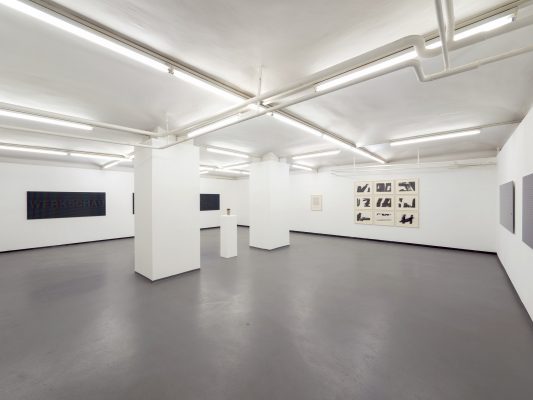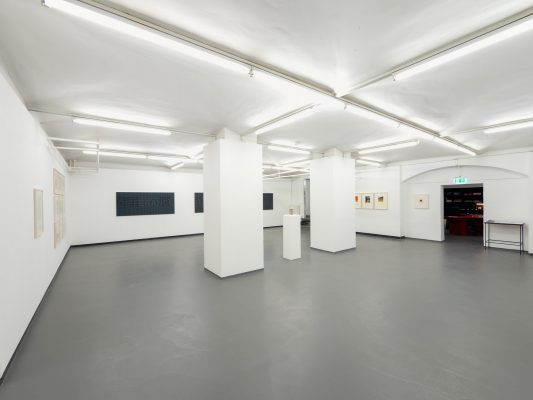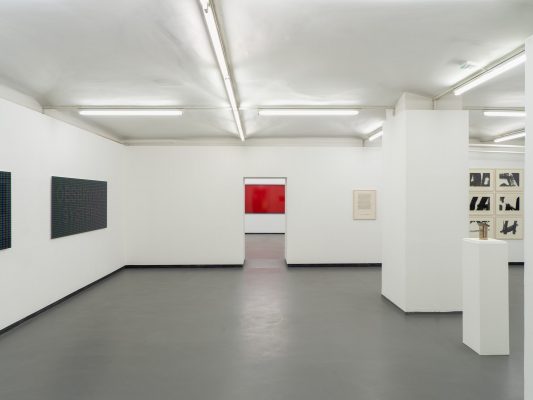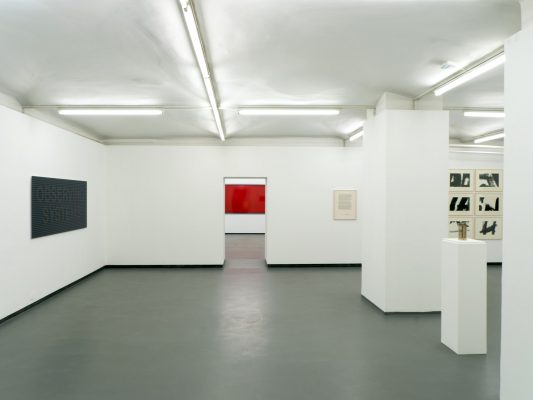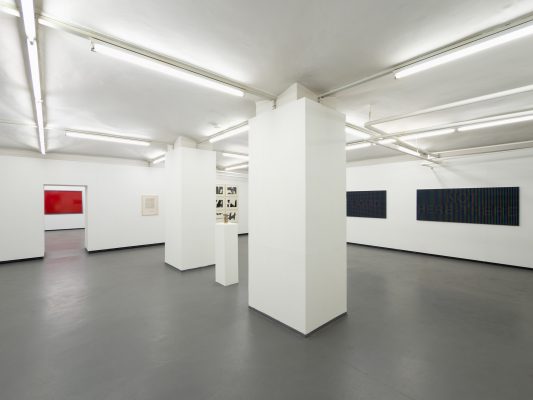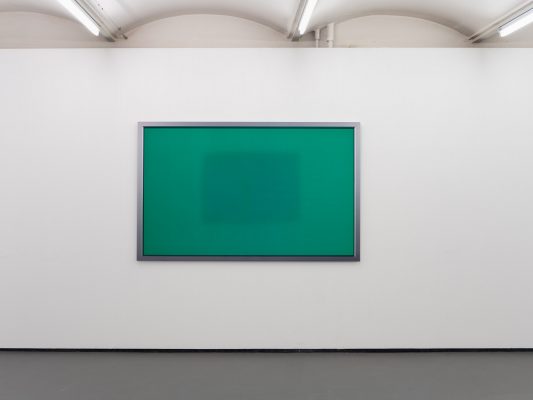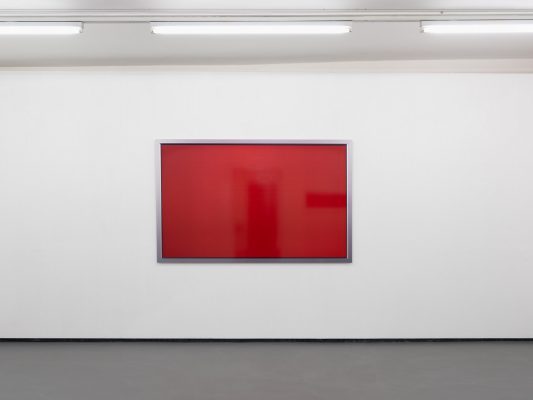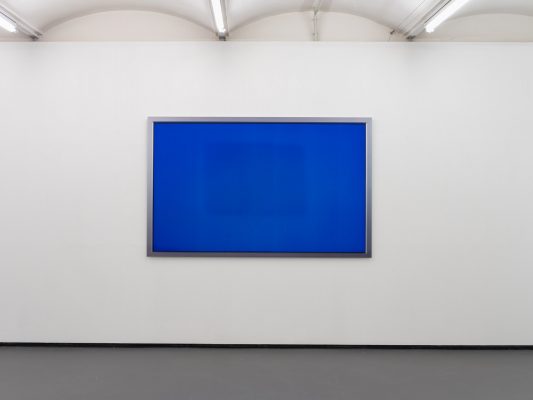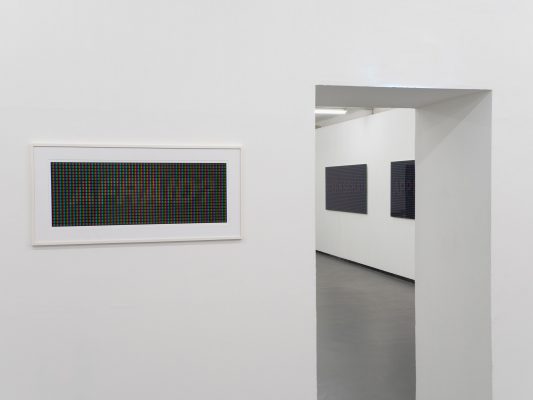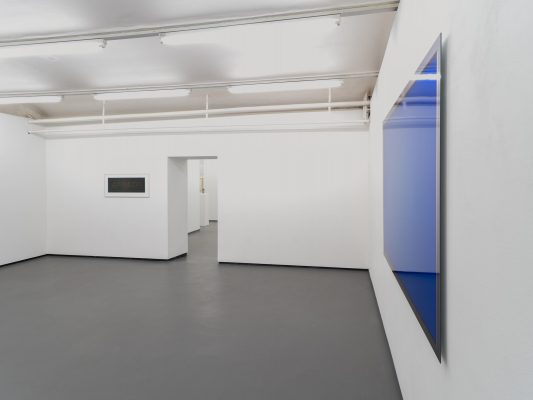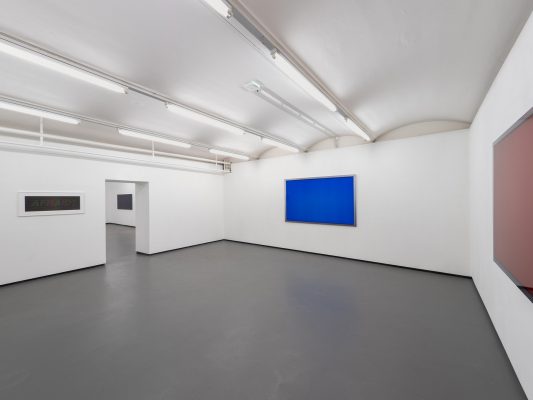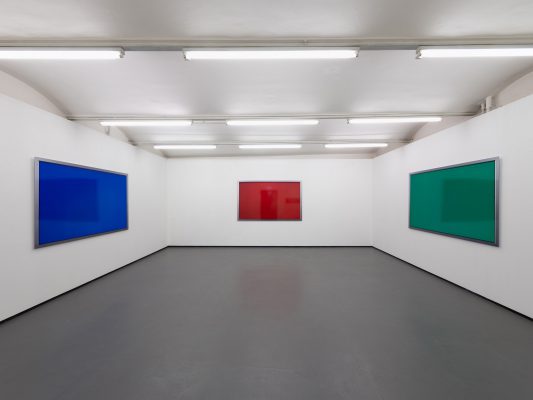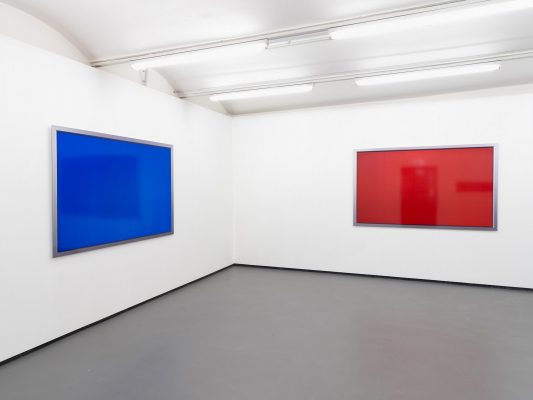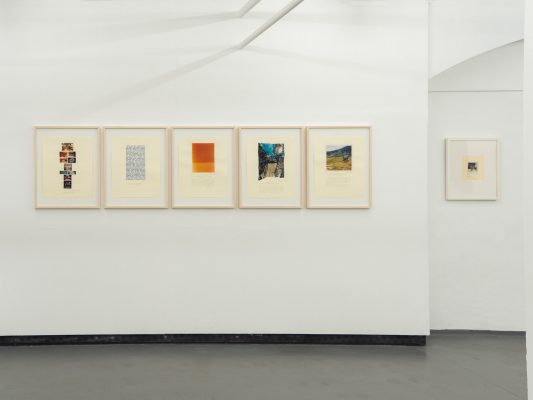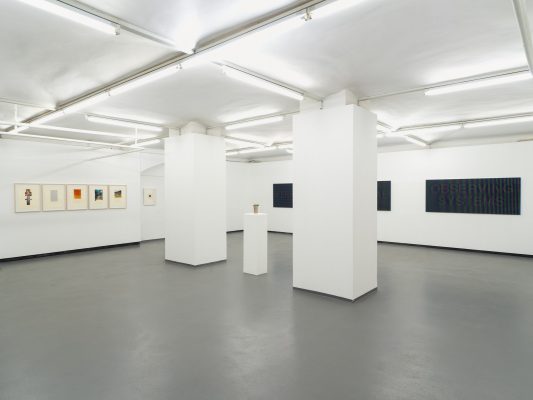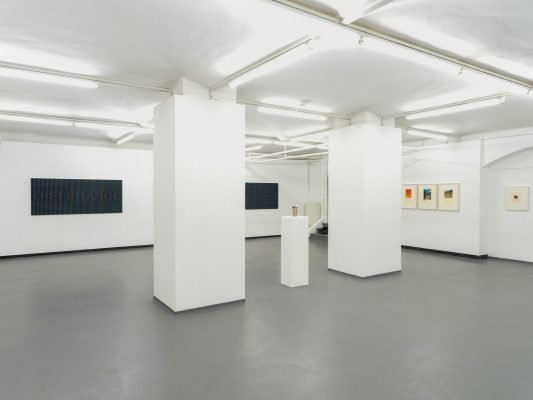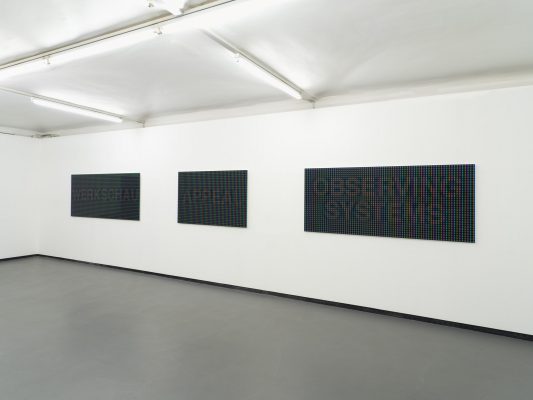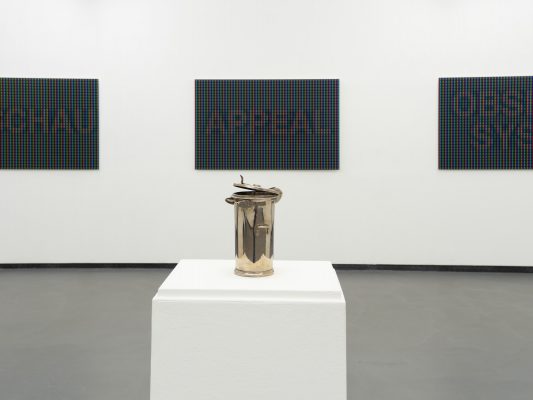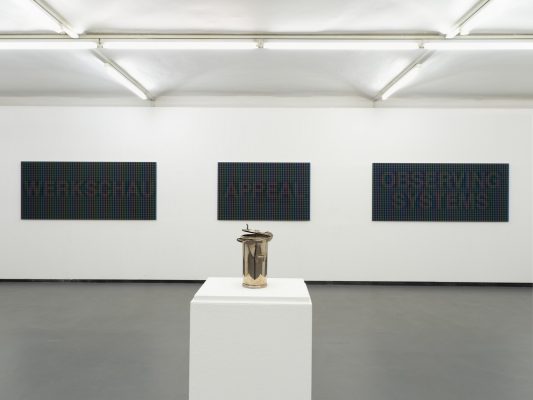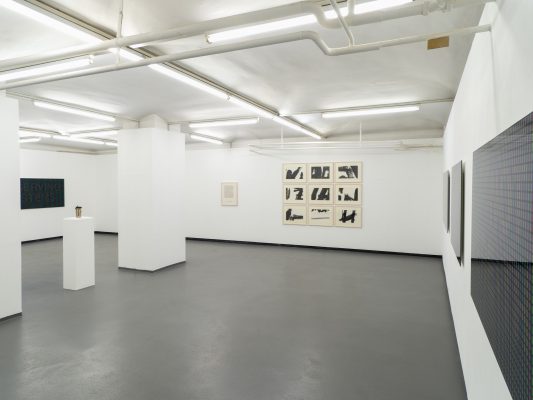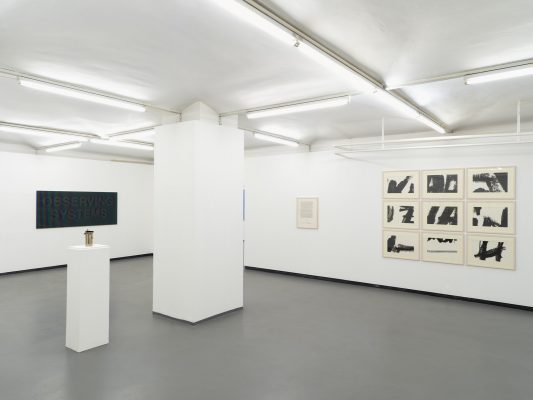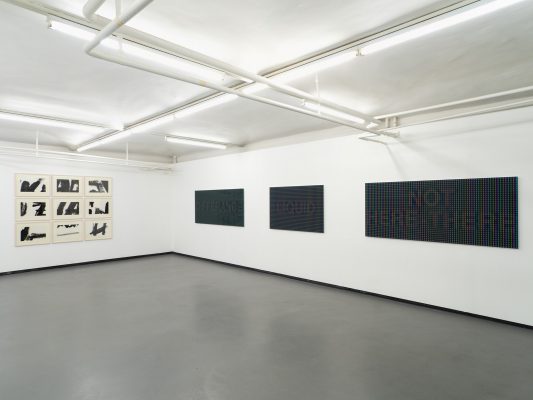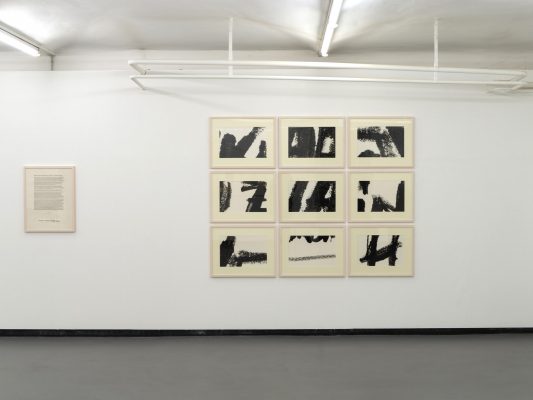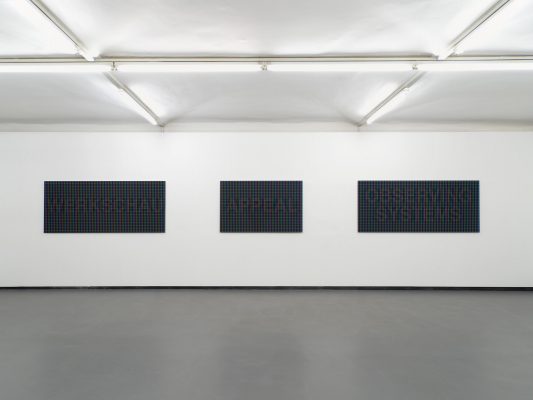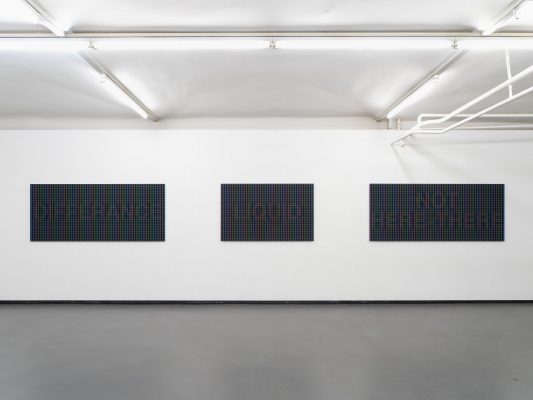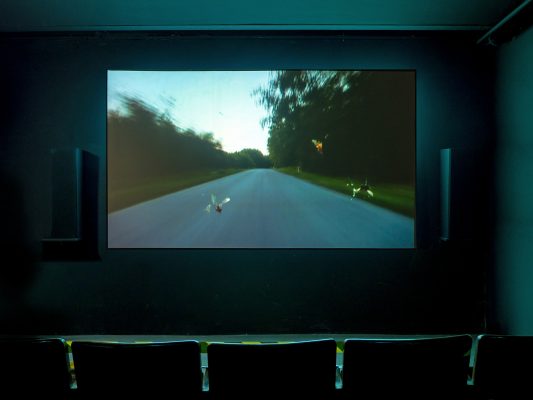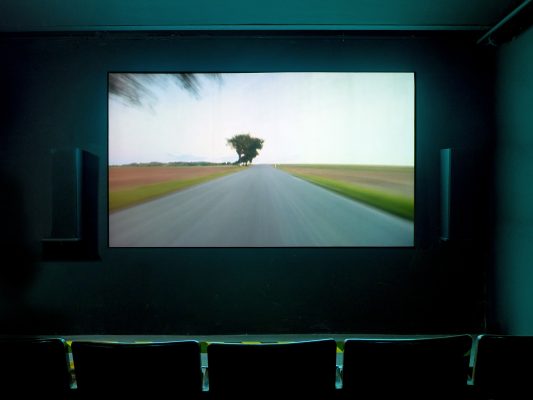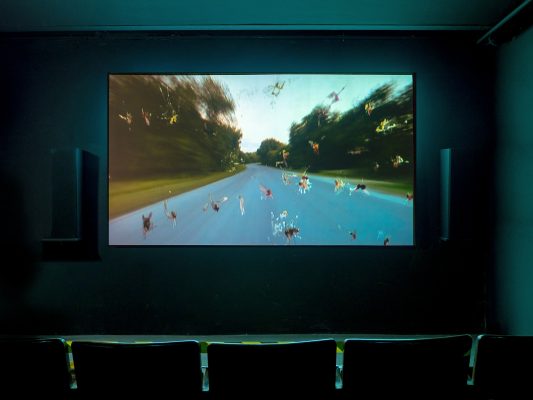Soft opening and catalogue presentation:
Monday, 12 October 2020, 5 p.m.
Introduction: Ruth Horak, 7 p.m.
Duration: 13 October – 14 November 2020
Artist Talk and Finissage:
Saturday, 14 November, 7.30 p.m.
Note: Open Studio, Günther Selichar,
14 + 15 November 2020, 1–6 p.m.
Open Studio Days as part of Vienna Art Week 2020 www.viennaartweek.at
sponsored by: BMKOES; MA7-Kultur; Cyberlab; Gering Druck GmbH; Studio Christian Schepe; True Vue, Inc; Bildrecht Wien
thanks to: Museum der Moderne Salzburg; OÖ Landes-Kultur GmbH; private lenders
WERKSCHAU XXV is the continuation of the annual series of exhibitions in the FOTOGALERIE WIEN which has been going on for the last 25 years. They present contemporary artists who have significantly contributed to the development of art photography and the new media in Austria. To date there has been a cross section of work by Jana Wisniewski, Manfred Willmann, VALIE EXPORT, Leo Kandl, Elfriede Mejchar, Heinz Cibulka, Renate Bertlmann, Josef Wais, Horáková + Maurer, Gottfried Bechtold, Friedl Kubelka, Branko Lenart, INTAKT – Die Pionierinnen (Renate Bertlmann, Moucle Blackout, Linda Christanell, Lotte Hendrich-Hassmann, Karin Mack, Margot Pilz, Jana Wisniewski), Inge Dick, Lisl Ponger, Hans Kupelwieser, Robert Zahornicky, Ingeborg Strobl, Michael Mauracher, PRINZGAU/ podgorschek, Maria Hahnenkamp, Robert F. Hammerstiel, Sabine Bitter & Helmut Weber and Michaela Moscouw. For WERKSCHAU XXV we have invited the artist Günther Selichar.
NO MEDIA BEYOND THIS POINT – the core of Günther Selichar’s appeal to his public to consciously and critically look at the influence of media mediated images or controlled information. With terms such as OBSERVING SYSTEMS or EMBEDDED [journalist] Selichar creates tags that delineate the theoretical framework for his engagement with phenomena relating to mass media. Amongst those are quotations by Heinz von Foerster and Jacques Derrida but also a line from Miguel de Cervantes Don Quixote: ‘… how blind is he who cannot see through a sieve,’ that extends across ten double pages of the BILDER booklet 320.
For Selichar the ‘how’ is always as important as the ‘what’ i.e. a pictorial language that is visually attractive and ‘tricky’. The tags here are for instance macro shots of monitor screens and easily legible from a distance. With the viewer’s decreasing distance, however, they disappear behind the monitor’s RGB building blocks which reach the climax of colour intensity at a 50x magnification when originally they formed a tiny, white word. The difference between what we see on the display and what the apparatus saw during the 120 frames in 0.01mm focal steps, could hardly be greater. One group of works that entirely refuses to transport a message is WHO’S AFRAID OF BLUE, RED AND GREEN?. Numerous variants of this occupation with the basic colours of the additive colour space have been created from 1990 on and were published in a compendium edition, awarded with international prizes, by the Verlag für Moderne Kunst in 2017.
The work from 2002–2003 exhibited in the WERKSCHAU is one of the most stringent: with the aid of special software red, green and blue were not only constituted in their ‘purest’ states but actually separated from each other. The interest in detail and its potential for abstraction dates back to the 1980s. During a Fulbright scholarship at the Art Institute of Chicago in 1984–1985, Selichar had the opportunity to work with a stereo microscope. What was actually intended to inspect the tiniest amount of damage to historical photographs was re-purposed by the then 24 year old to his own ends: he reproduced details of the thick black handwriting of the intentionally shakily written title, HOMMAGE À FRANZ KLINE/AARON SISKIND such that the exposures were reminiscent of Kline’s gestural painting. Kline belonged to the generation of artists that after World War II re-wrote art history and shifted its focus from Europe to the USA. In the 1980s a new artistic position emanated from the USA which simultaneously bowed and critized the overwhelming power of this guild of artists: Appropriation Art. Selichar reacted to this post-modern form of ready-mades and was thus able to introduce elements of media-, social- and art criticism imbued with ironic ambiguity.
At a time when photographs are almost exclusively consumed as JPEGs on small displays, one level of Selichars work should be given particular emphasis: the materialisation of photographs via complex stages of production, with high-end reproduction processes and selected materials. These make the image into a multidimensional work and contrast with the one-dimensionality of a JPEG on the display. (Ruth Horak)
